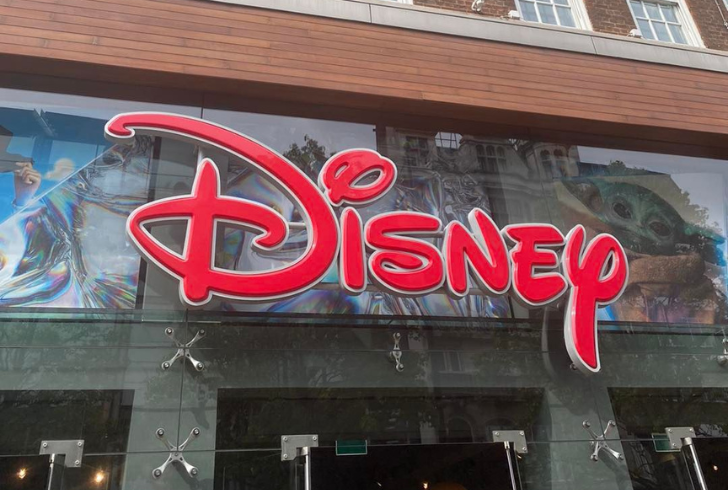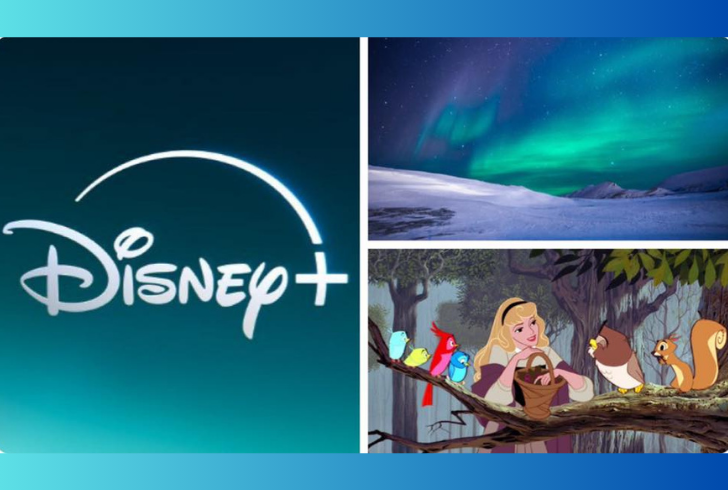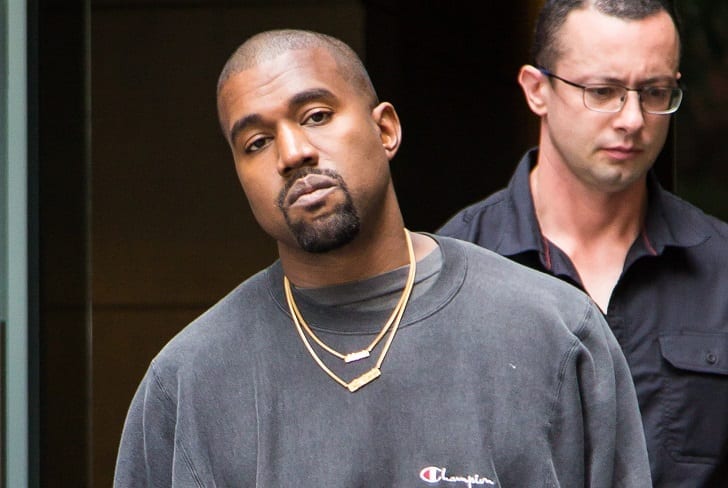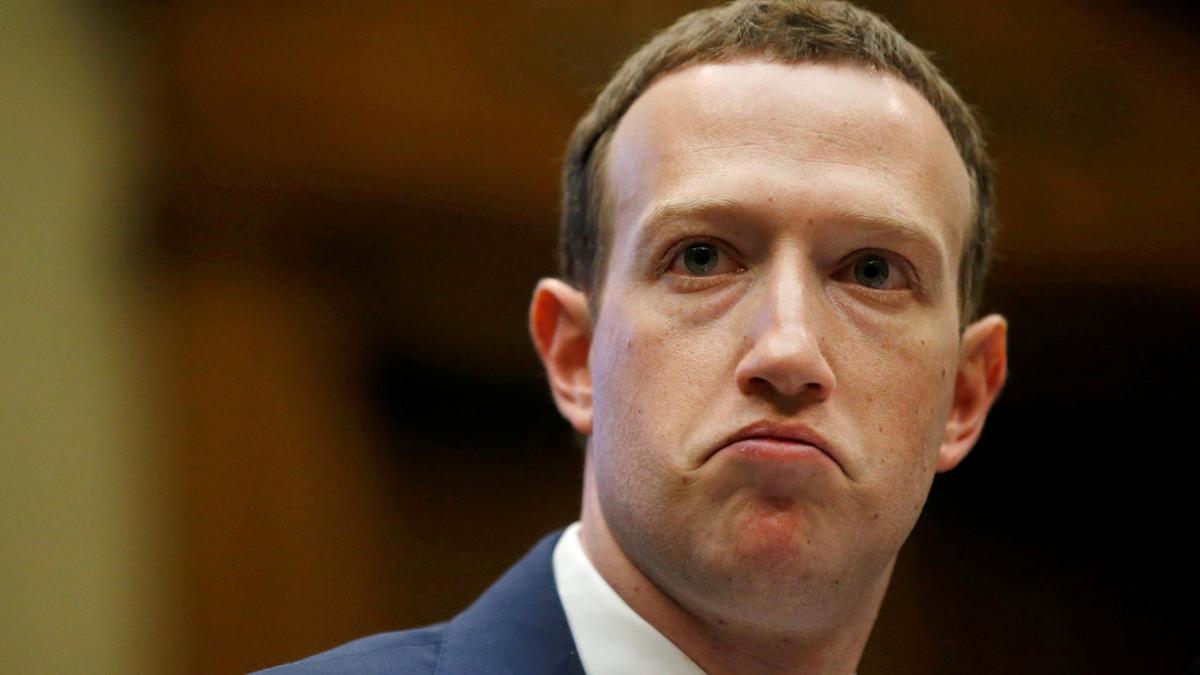The Walt Disney Company, a titan of the entertainment industry, has captivated audiences for generations. From enchanting animations like "Snow White and the Seven Dwarfs" to blockbuster superhero films like "Avengers: Endgame," Disney has woven a world of wonder and storytelling magic. However, in recent years, the fairytale has taken a turn for the worse. Disney's stock prices have plummeted, its margins have shrunk, and its highly anticipated streaming service, Disney+, is hemorrhaging money. So, what's behind the curtain causing Disney's financial woes?
The answer lies in a complex interplay of factors, a perfect storm that has eroded the foundation of Disney's once-unassailable empire. Here, we delve into the key reasons why is Disney losing money:
The Fall of the Cable Kingdom

Instagram | nannyinthekingdom | For years, Disney stood as the undisputed ruler of the cable realm.
For decades, Disney reigned supreme in the cable kingdom. Its crown jewel, ESPN, was the gold mine of the pay-TV bundle, generating billions in revenue through subscriber fees. This lucrative system allowed Disney to fund its blockbuster productions, theme park expansions, and content acquisitions like Pixar, Marvel, and Lucasfilm.
The rise of streaming services like Netflix and Hulu fundamentally disrupted the cable industry. Consumers began cord-cutting, abandoning traditional cable packages for more affordable, on-demand streaming options. This mass exodus significantly impacted Disney's revenue stream, particularly from ESPN, as subscriber numbers dwindled.
The Streaming Gamble
Disney's response to the changing media landscape was the launch of its own streaming service, Disney+. Disney+ boasted a treasure trove of beloved content, from classic Disney films to popular "Marvel" and "Star Wars" titles. Initially, the platform enjoyed explosive subscriber growth, fueled by nostalgia and the allure of exclusive content.

Instagram | prouddisnerds | Disney+ offered a rich repository of cherished content, spanning from timeless Disney classics to beloved "Marvel" and "Star Wars" favorites.
However, replicating the success of the cable bundle in the streaming age proved challenging. Disney+ began incurring significant losses as content creation costs soared. Adding to the woes, subscriber growth has stagnated, and Disney+ faces fierce competition from established giants like Netflix and well-funded newcomers like Apple TV+. The initial investment in building a vast library and the ongoing costs of producing high-quality content are creating a significant financial burden for Disney.
The Content Conundrum
In its quest to compete in the streaming wars, Disney adopted a content creation strategy focused on sheer volume. While this approach initially attracted subscribers, it may have come at the expense of quality.
A constant stream of remakes, sequels, and spin-offs, while potentially appealing to established fan bases, can feel uninspired and derivative. This lack of originality might alienate new audiences and lead to subscriber churn.
Can Disney Recapture Its Magic?

Instagram | igndotcom | Disney+ could improve by curating its content library, prioritizing high-quality originals.
Disney finds itself at a crossroads. Its traditional revenue streams are drying up, and its foray into streaming is yet to turn a profit. Regaining its financial footing will require a strategic shift. Here are some potential solutions:
- Prioritizing quality over quantity: Disney+ might benefit from a more curated content library, focusing on high-quality originals and leveraging its vast library of classics strategically.
- Building a loyal subscriber base: Disney+ could explore tiered subscription models offering different content packages at varying price points to cater to diverse audience preferences.
- Embracing innovation: Exploring new avenues like interactive experiences, immersive storytelling formats, and integration with theme parks could enhance the Disney+ experience and attract new subscribers.
Only time will tell if Disney can recapture its financial magic. However, one thing is certain: the entertainment giant must adapt and innovate to survive and thrive in the ever-evolving media landscape.








